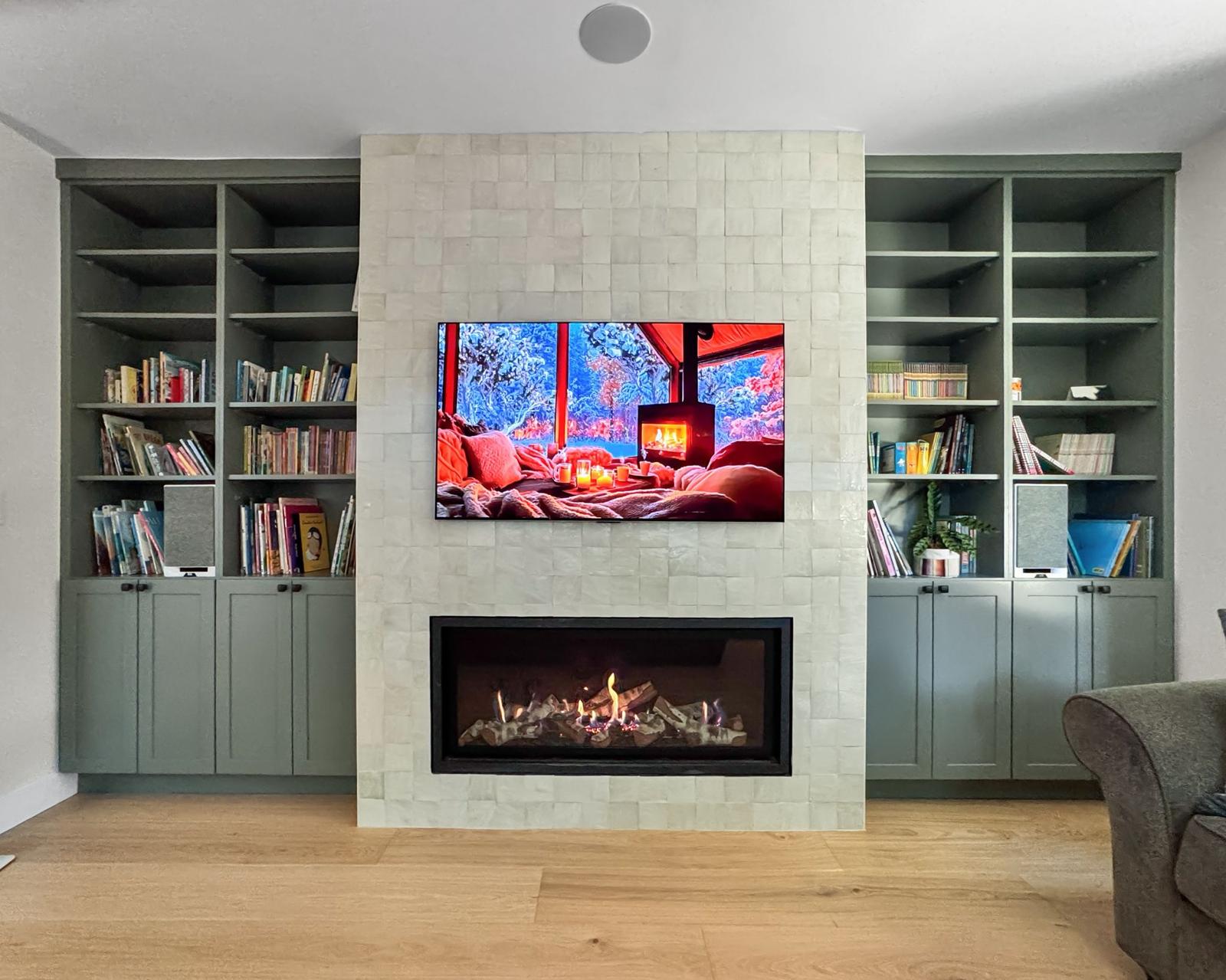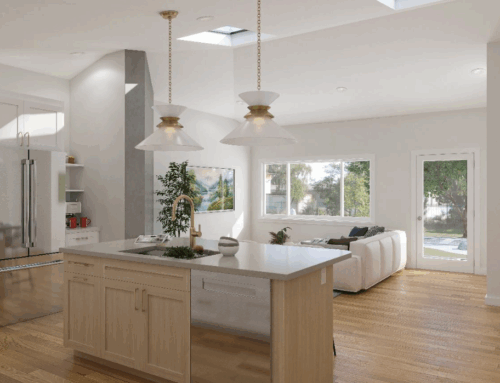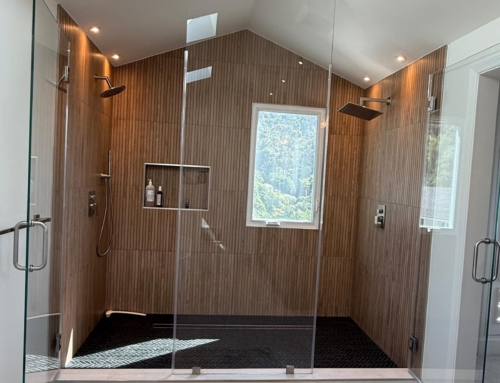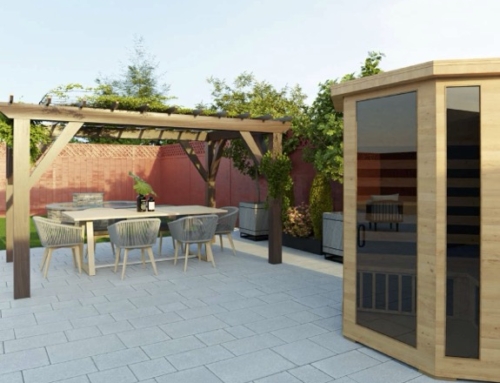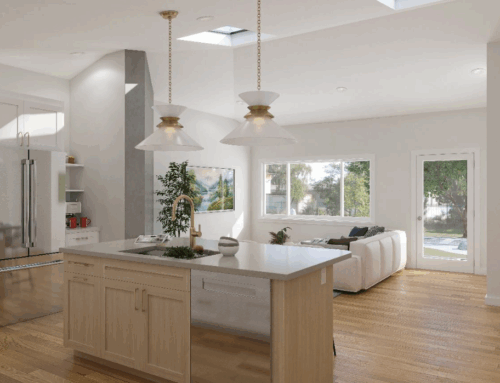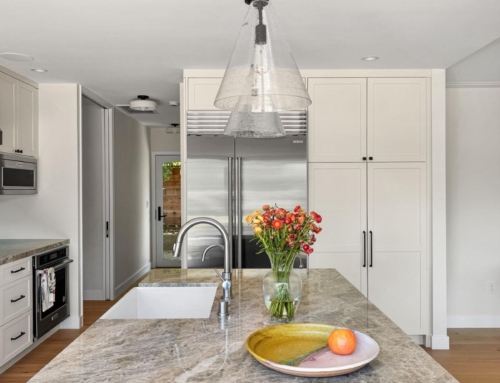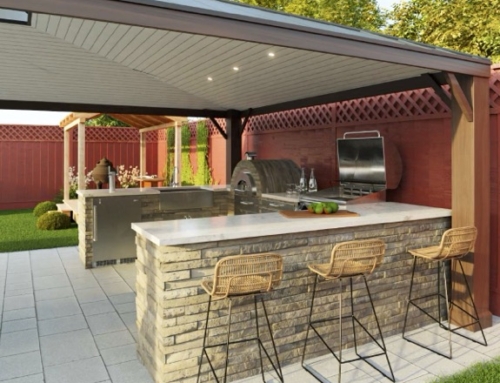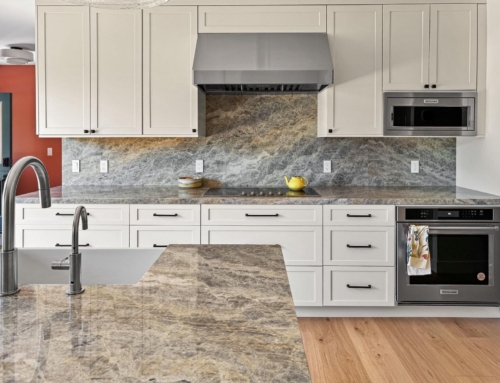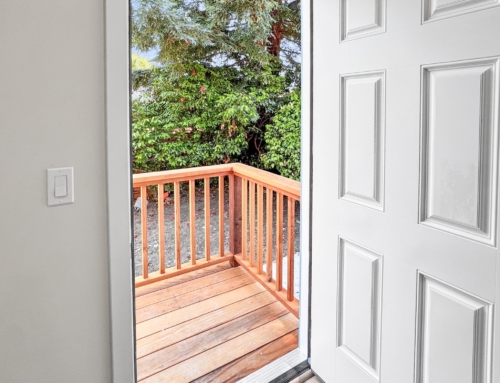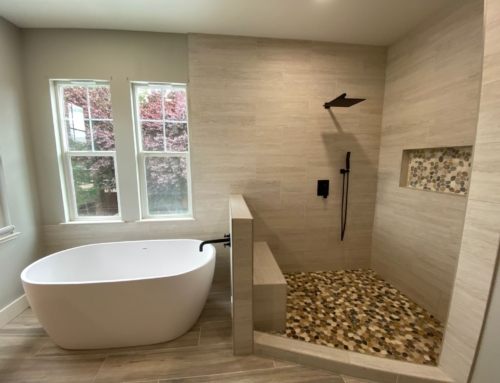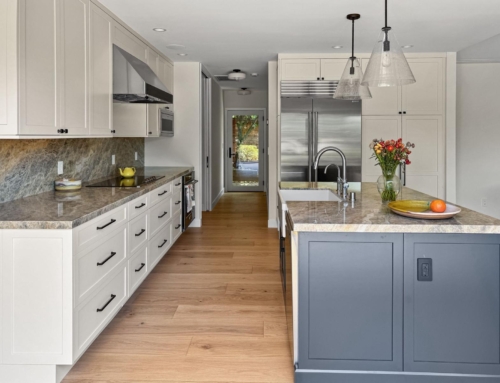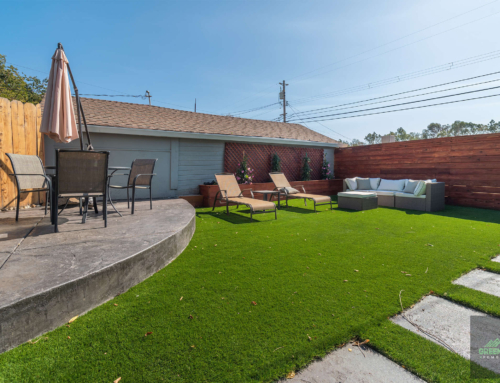It’s easy to think of “minimalism” as just a trendy word, but for many, and maybe especially for yourself, it’s not just a hashtag on social media. It’s a very intentional lifestyle choice. One that is rooted in clarity, function, and calm. And when it comes to a home renovation, embracing a minimalist approach can help you create a space that feels open, intentional, and refreshingly low-maintenance. But pulling off a minimalist home renovation that feels effortless requires more than just removing clutter or painting the walls a neutral color. It’s about making smart, thoughtful design choices. Ones that prioritize simplicity but don’t sacrifice warmth or livability.
So, if you’re updating a single room or reimagining your entire home, minimalist renovation focuses on clean lines, quality materials, and purposeful spaces. In this post, we’ll walk you through the key principles and practical steps to plan a renovation that’s both beautifully restrained and fully functional, so that your home doesn’t just look good, it feels right.
Understand the Principles of Minimalist Design
At its core, minimalist design is about simplicity, but not at the expense of comfort or function. It’s about cleaner, open spaces, and intentional choices to give your body and mind space to breathe. Every element in a minimalist home serves a role, be that functional, aesthetic, or both. Instead of filling rooms with decor or excess furniture, minimalism encourages you to invest in fewer, higher-quality pieces that reflect your lifestyle and needs.
With this in mind, a minimalist home renovation is also about creating a sense of calm. This is often achieved through a neutral color palette, natural materials like wood or stone, and an intentional use of space and light. It’s not about creating cold, empty rooms or fancy features; it’s about designing environments that feel open, organized, and easy to live in. The goal is to strip away the unnecessary and let thoughtful design, quality craftsmanship, and natural beauty take center stage.
6 Steps to Plan a Minimalist Home Renovation
1) Start With a Purposeful Floor Plan
A minimalist home renovation begins with rethinking how your space flows. The layout should feel open, intuitive, and free of unnecessary barriers which makes it easier to move through your home. That might mean removing non-structural walls to create a more open concept, or simply reorganizing rooms to improve function and reduce visual clutter. In minimalist design, every square foot should serve a clear purpose.
It’s also important to consider how each area connects, visually and physically. Open sight lines, consistent flooring, and strategically placed lighting can make your home feel larger and more cohesive. Natural light becomes part of the layout, too, with windows and glass doors helping define space while keeping the environment calm and bright. The result is a floor plan that supports both daily life and long-term clarity.
2) Streamline Materials and Finishes
In a minimalist home renovation, your choice of materials plays a big role in creating a clean, cohesive look. Stick to a simple, neutral color palette, think soft whites, warm grays, natural wood tones, and matte black or brushed metal accents. These finishes help calm the space and let the architecture speak for itself. Instead of using a mix of competing patterns or textures, focus on consistency to create a sense of flow from room to room.
Natural materials like wood, concrete, stone, and glass are especially effective in minimalist spaces. They add warmth and texture without overwhelming the design. Keep hardware sleek and subtle: flat-panel cabinets, hidden hinges, and low-profile pulls all contribute to the streamlined aesthetic. The goal is to create visual simplicity with depth and character, using fewer materials more thoughtfully for a refined, timeless finish. This may also be the perfect time to explore some eco-friendly home remodeling ideas.
3) Choose Built-In Storage and Multi-Functional Design
One of the keys to successful minimalist living is keeping clutter out of sight, which makes smart storage essential. Built-in storage solutions blend seamlessly into the architecture, allowing you to maintain clean lines while still having everything you need close at hand. Think floor-to-ceiling cabinets, recessed shelving, and hidden compartments that eliminate the need for bulky furniture or visible bins.
Multi-functional design also plays a major role. A bench by the window can double as storage for blankets, a sleek kitchen island can serve as both prep space and dining table, and wall-mounted desks or fold-away furniture can free up floor space without sacrificing usability. Every feature should serve more than one purpose when possible, making the most of your square footage while keeping the space visually quiet and highly functional.
4) Focus on Fewer, Better Features
In a minimalist renovation, less truly is more, but that makes every detail more important. Instead of filling your home with trendy fixtures or decorative extras, choose a few standout elements that offer both beauty and purpose. This could be a sculptural light fixture over your dining table, a freestanding soaking tub in the bathroom, or a stunning natural wood feature wall that draws the eye without adding clutter.
By investing in high-quality materials and craftsmanship, you ensure that each feature holds up over time and continues to bring value to your space. Let your finishes, textures, and architecture take center stage, rather than relying on accessories to carry the design. The goal is to create a space that feels intentional, calm, and elevated, where everything you see has meaning, and everything you don’t see has its place.
5) Lighting and Natural Flow
Light plays a powerful role in minimalist home design. Natural light helps open up a space, highlight clean lines, and create a sense of calm. That’s why maximizing windows, skylights, and open sightlines is key to achieving the bright, airy feel minimalist spaces are known for. Keep window treatments simple or eliminate them altogether to let the daylight in and keep views unobstructed.
When it comes to artificial lighting, choose fixtures that are both functional and unobtrusive. Recessed lights, slim pendants, and hidden LED strips offer focused illumination without overwhelming the room. Dimmable lighting gives you control over the mood and helps transition your space from day to night with ease. The goal is to support the natural flow of the home with lighting that feels effortless and quietly effective.
6) Partner With a Contractor Who Understands the Vision
Minimalist home renovation may look simple on the surface, but it demands precision, restraint, and thoughtful execution behind the scenes. When there’s less visual distraction, every detail stands out: from the way a cabinet door aligns to how lighting is wired or how smoothly built-in storage functions. That’s why choosing the right contractor is essential.
Work with a team that understands the nuances of minimalist design and values craftsmanship over complexity. A good contractor can help refine your vision, recommend materials that match your goals, and ensure that every line, joint, and finish is clean and intentional. From layout changes to subtle architectural details, partnering with professionals who appreciate the power of simplicity will ensure your renovation feels as effortless as it looks.
Less Really Can Be More
A minimalist home renovation isn’t about doing less: it’s about doing what matters most. By focusing on clean lines, open space, quality materials, and thoughtful design, you can create a home that feels calm, functional, and beautifully intentional. Whether you’re renovating one room or your entire home, the minimalist approach offers lasting value, reduced visual noise, and a space that supports your lifestyle instead of overwhelming it.
Ready to bring your minimalist vision to life? Contact Green Group Remodeling to schedule a consultation and start planning a renovation that’s as effortless as it is impactful.

